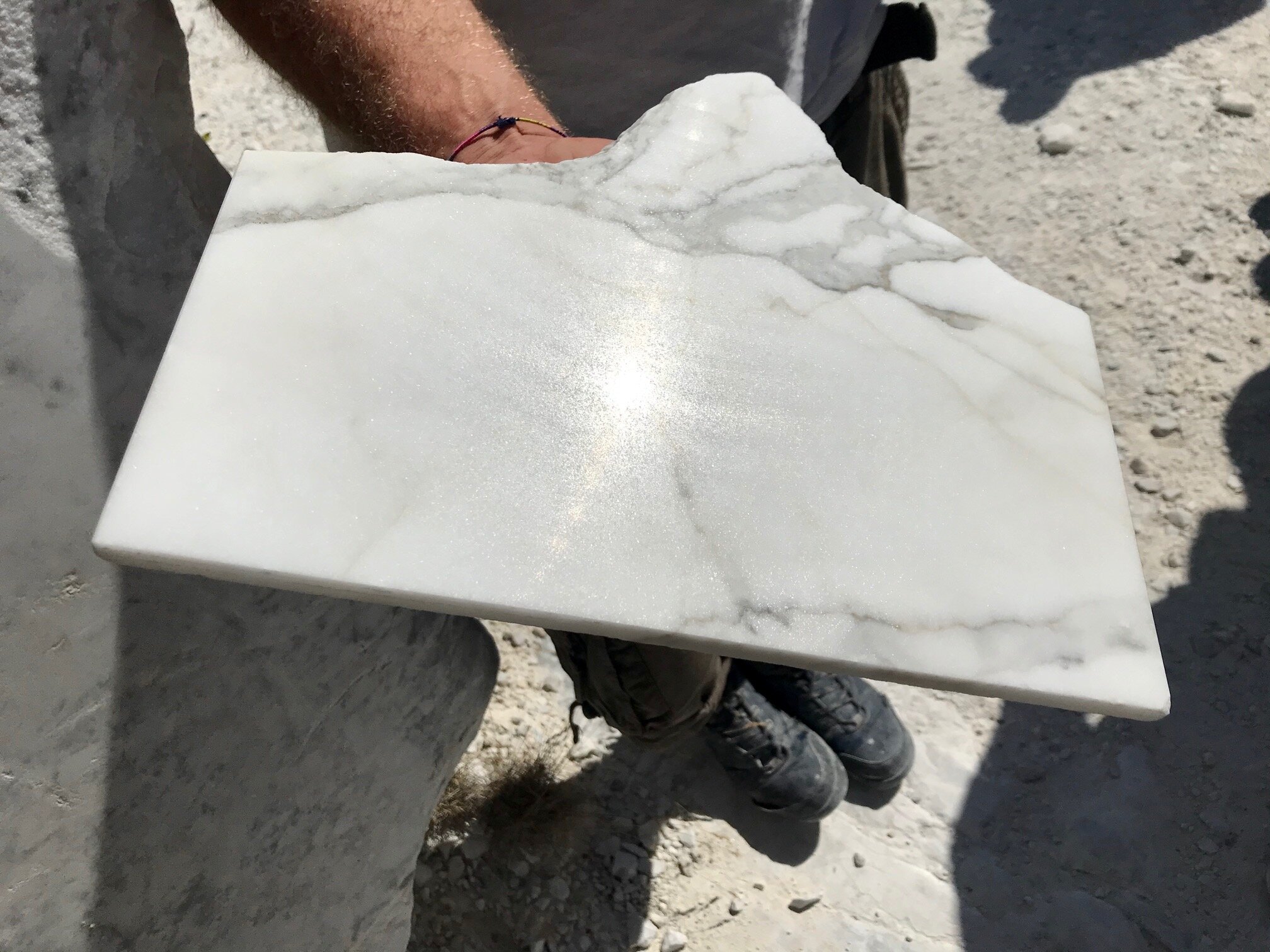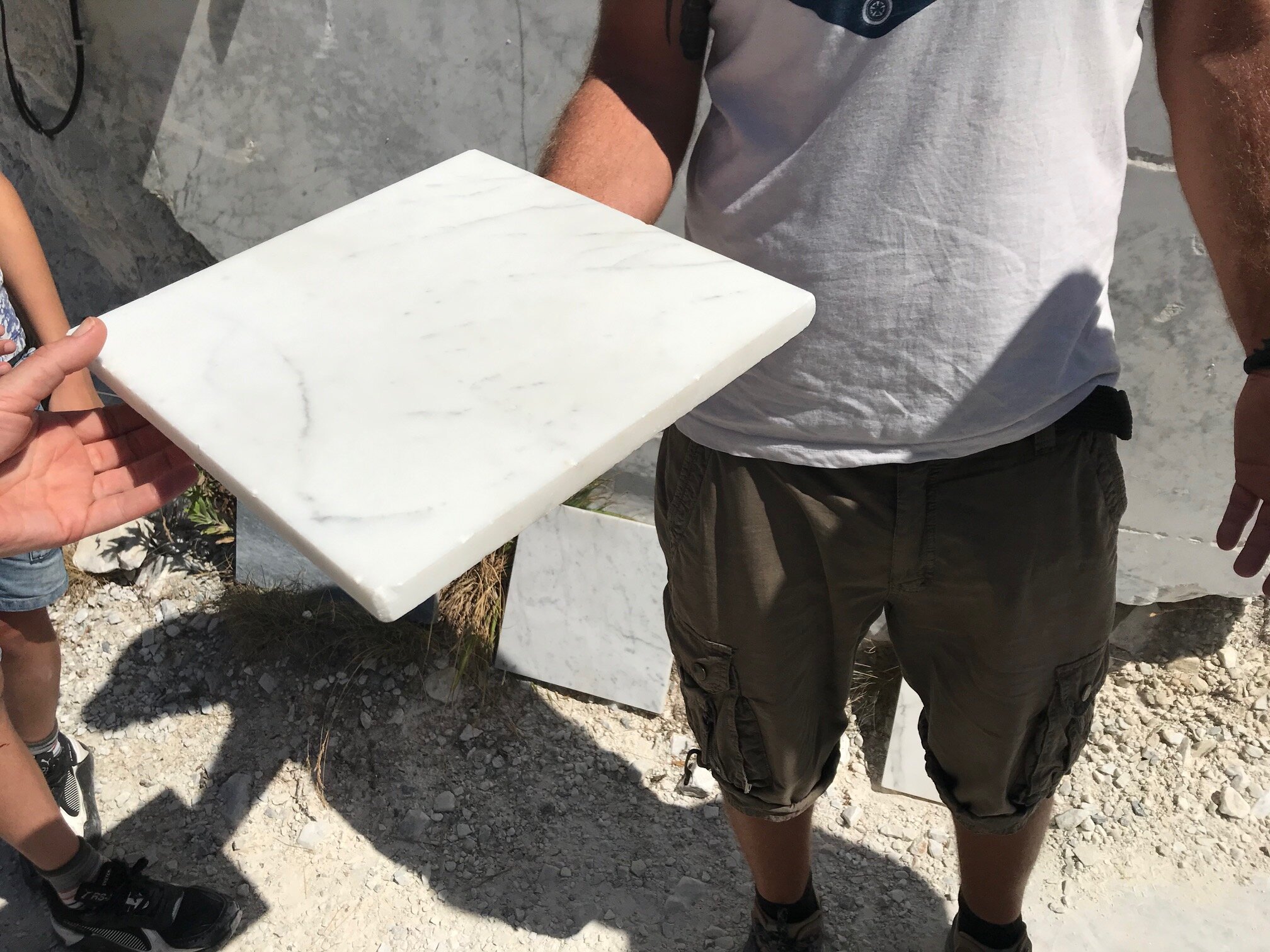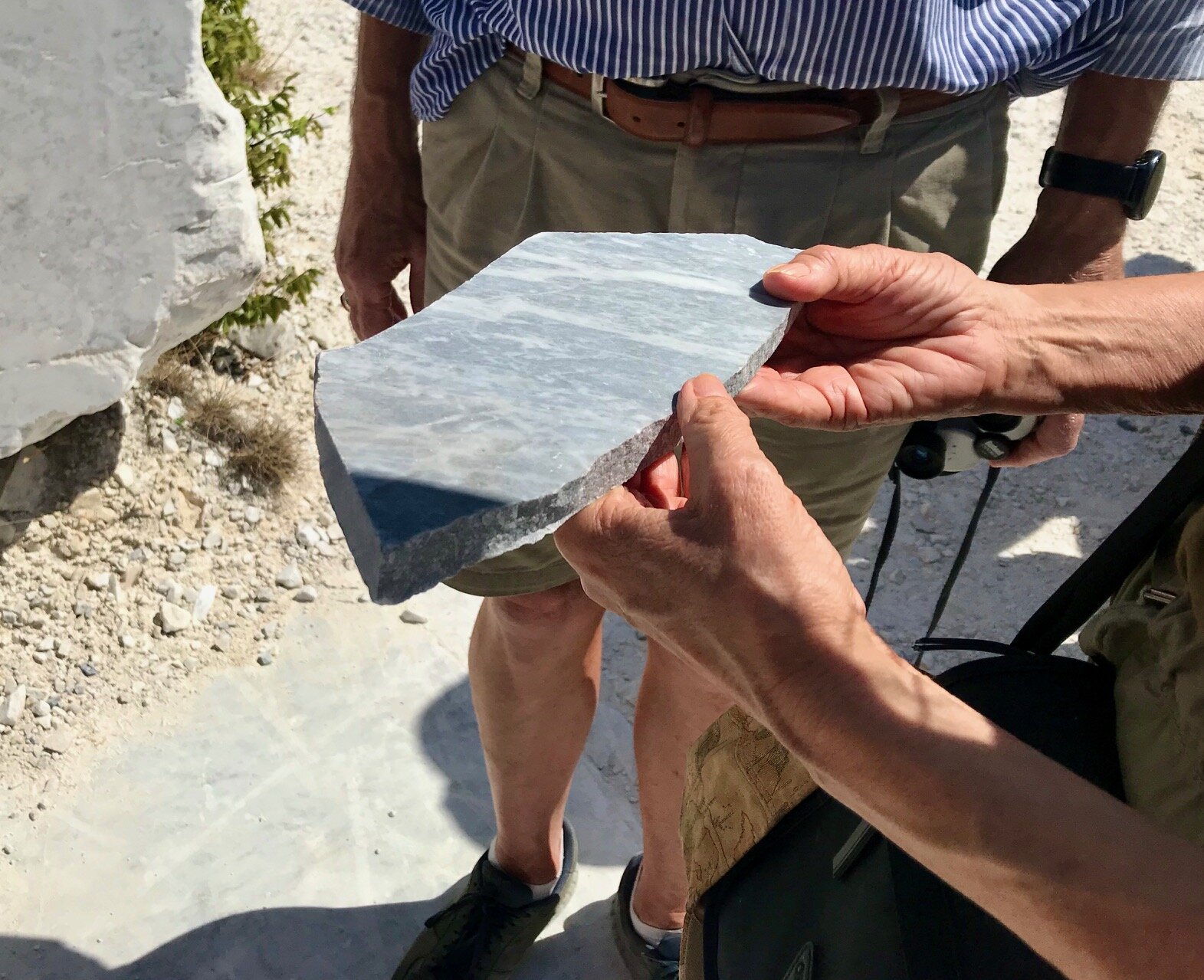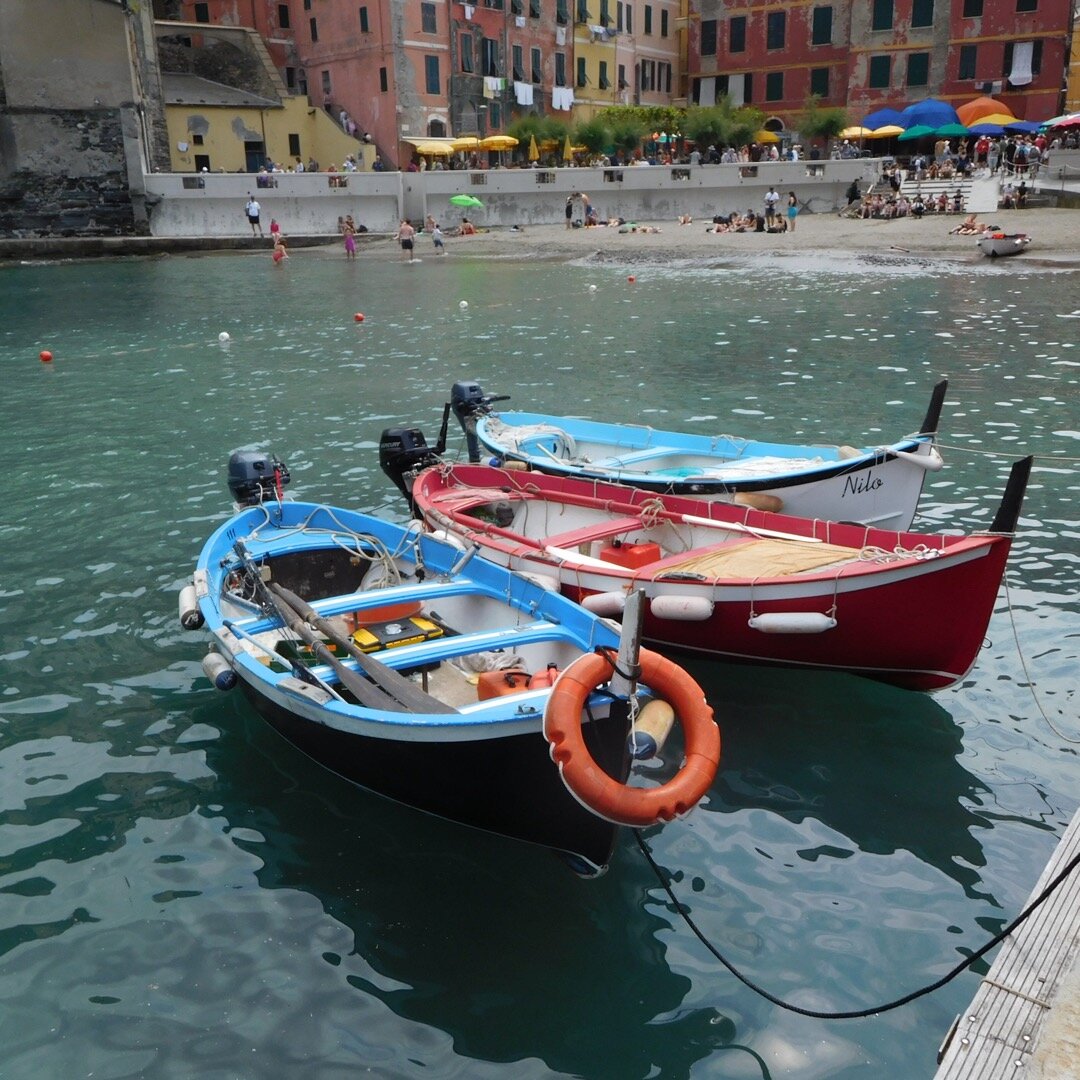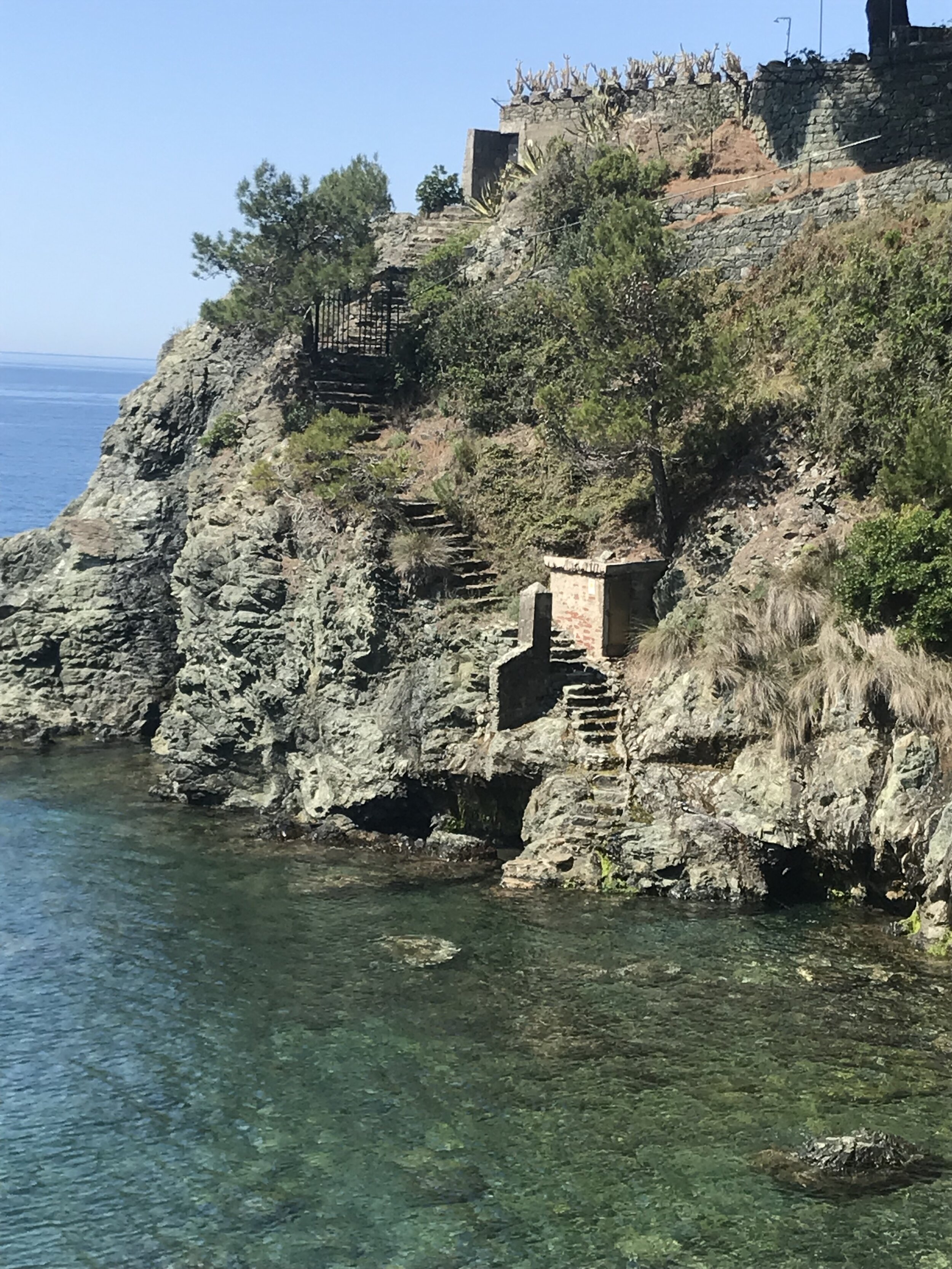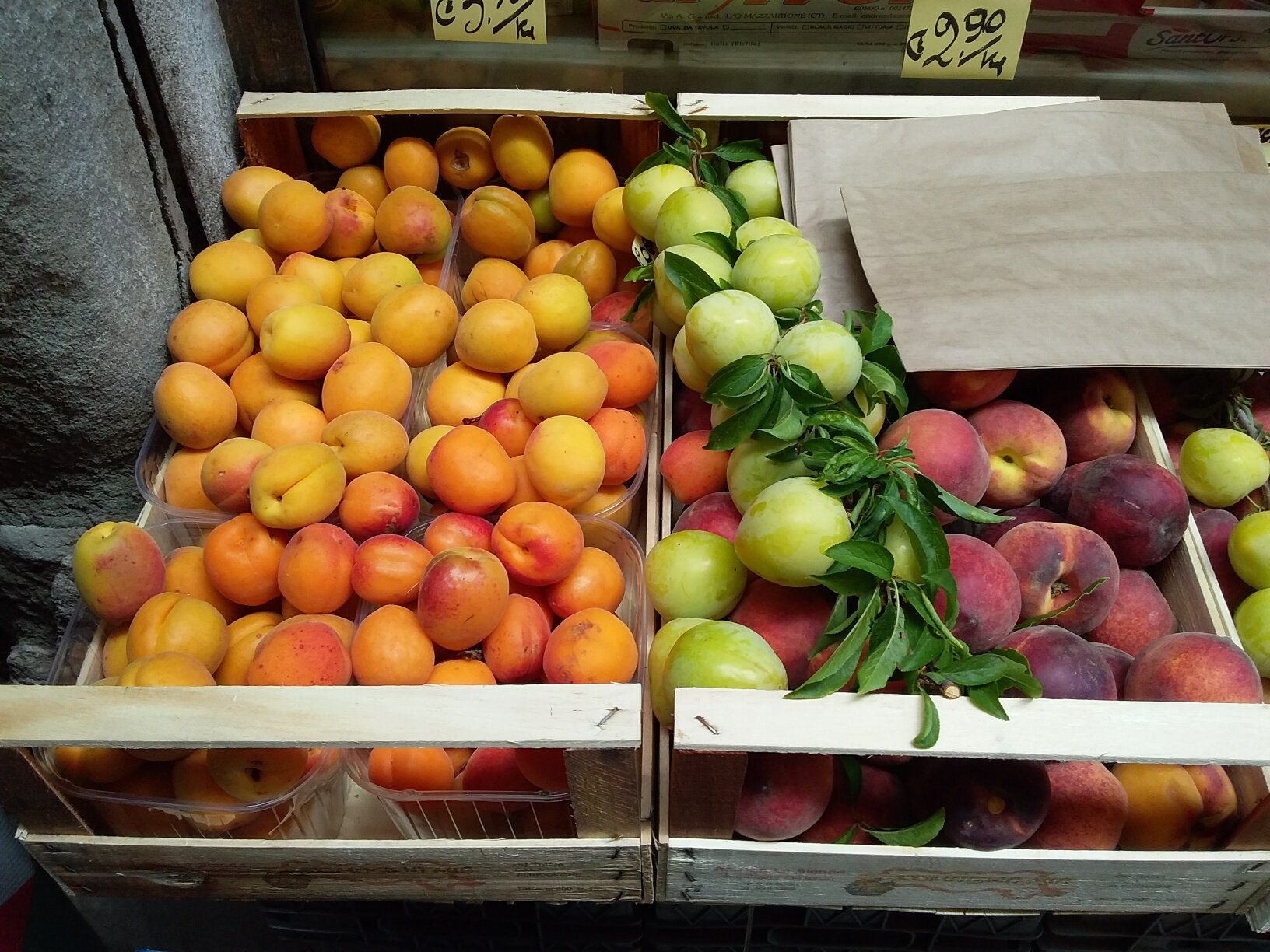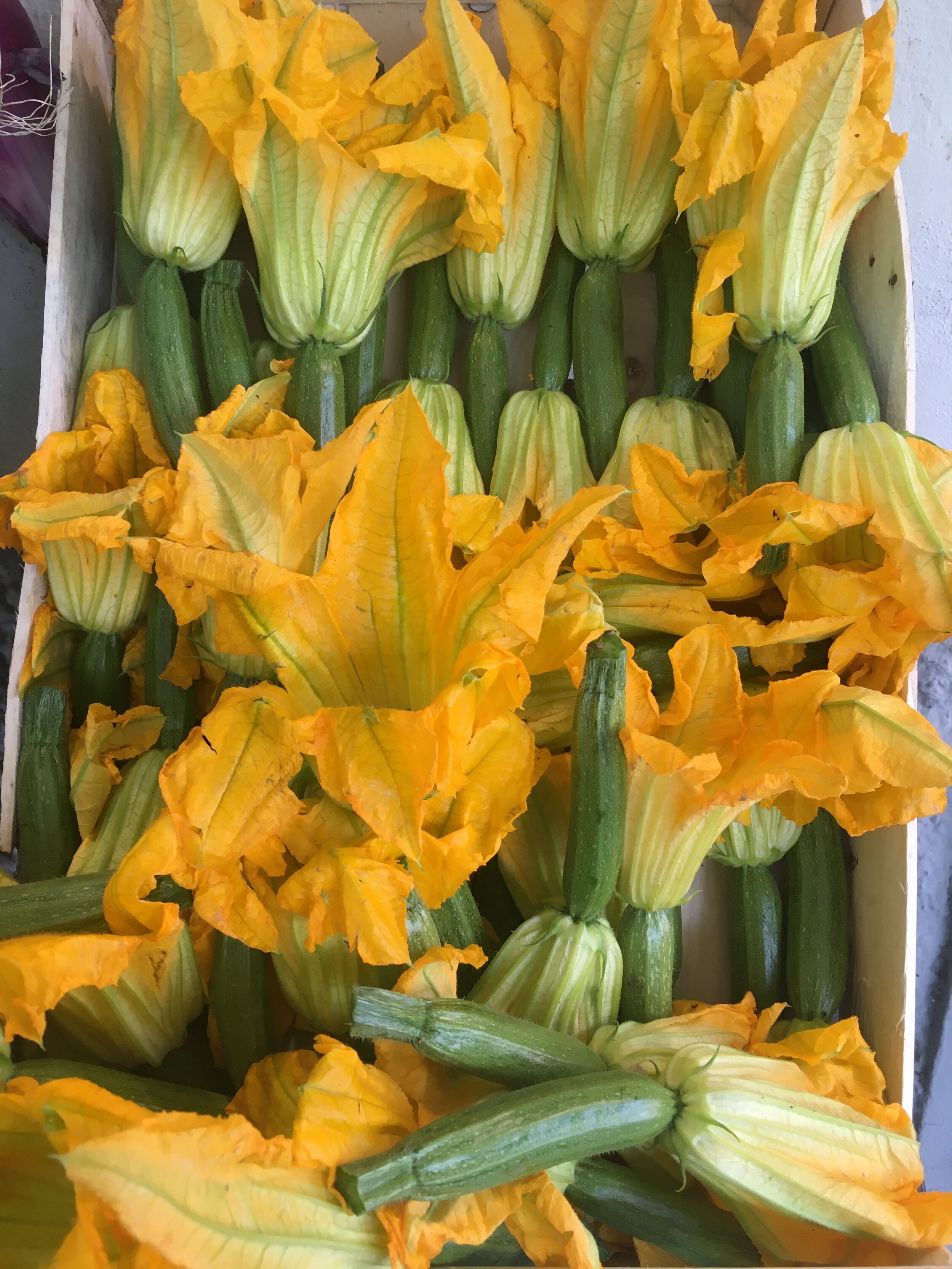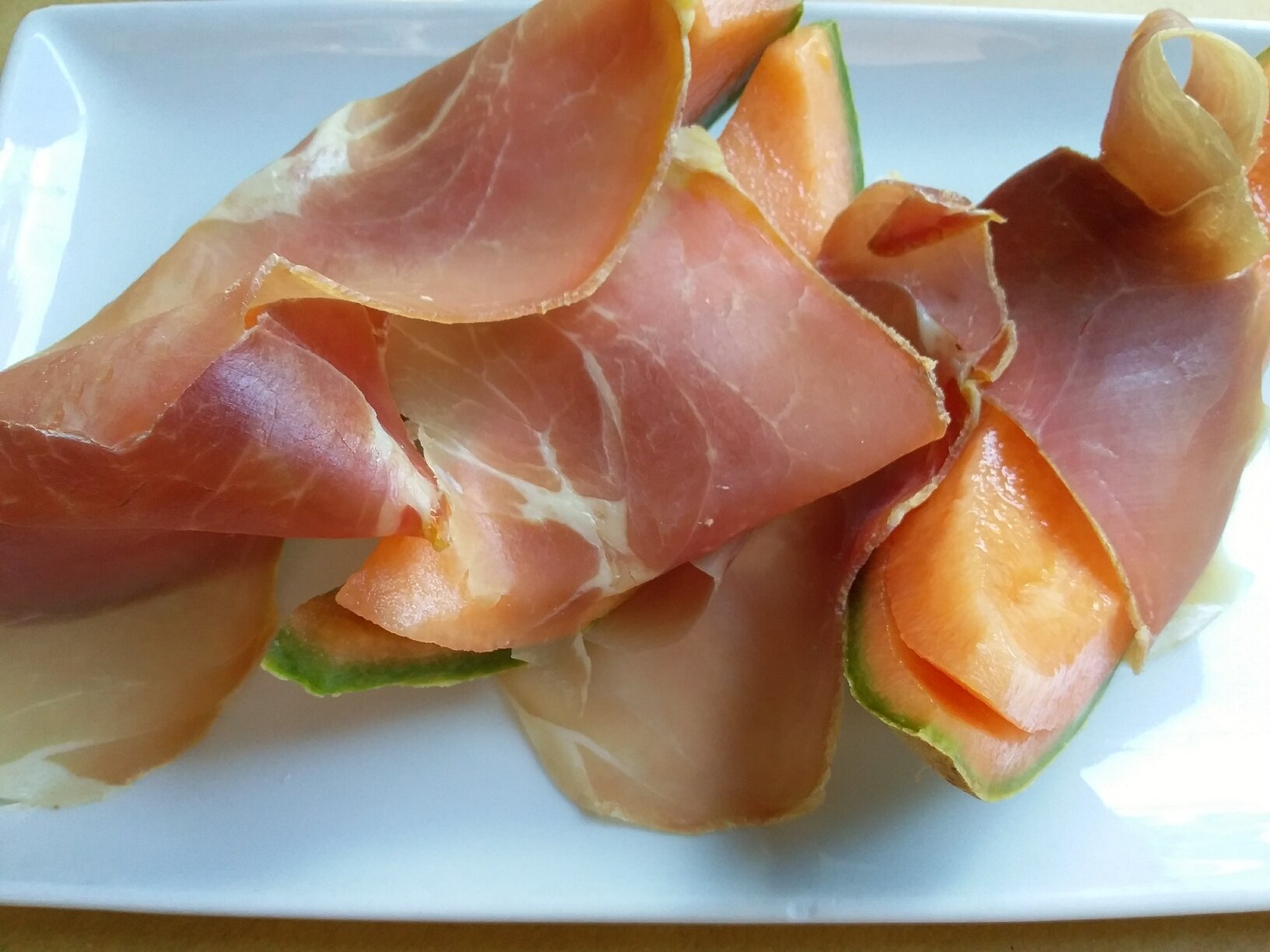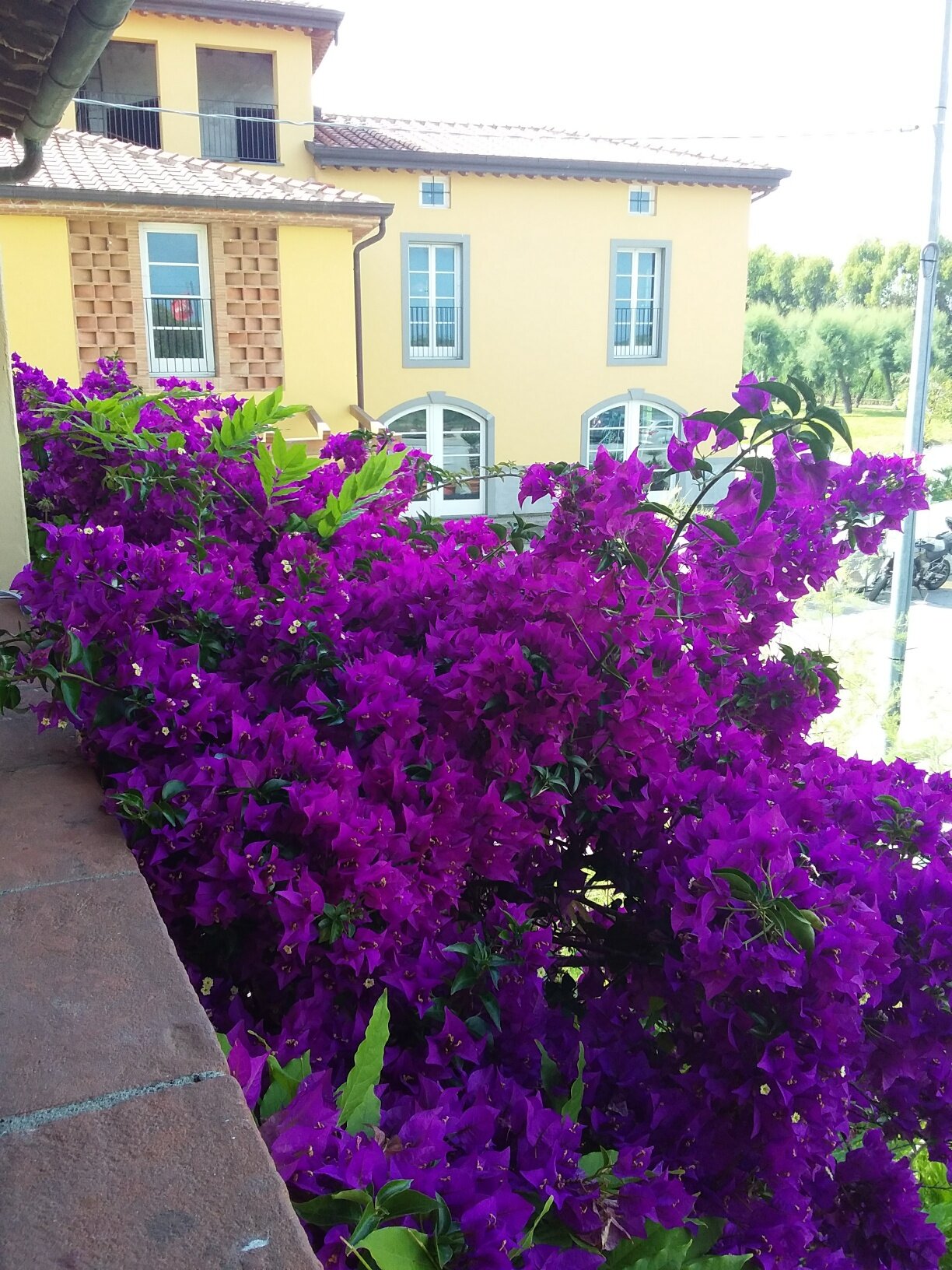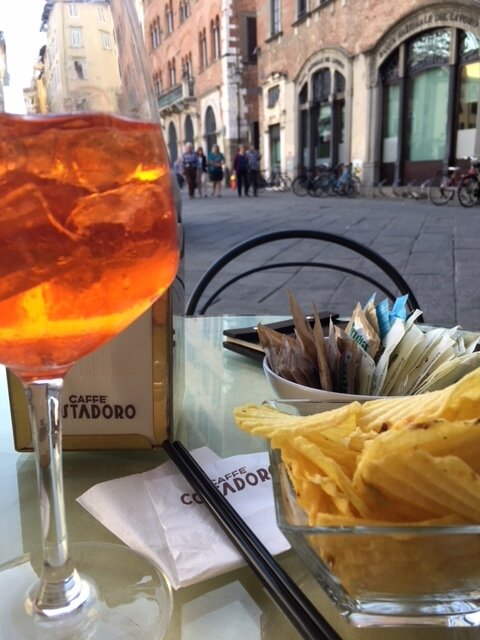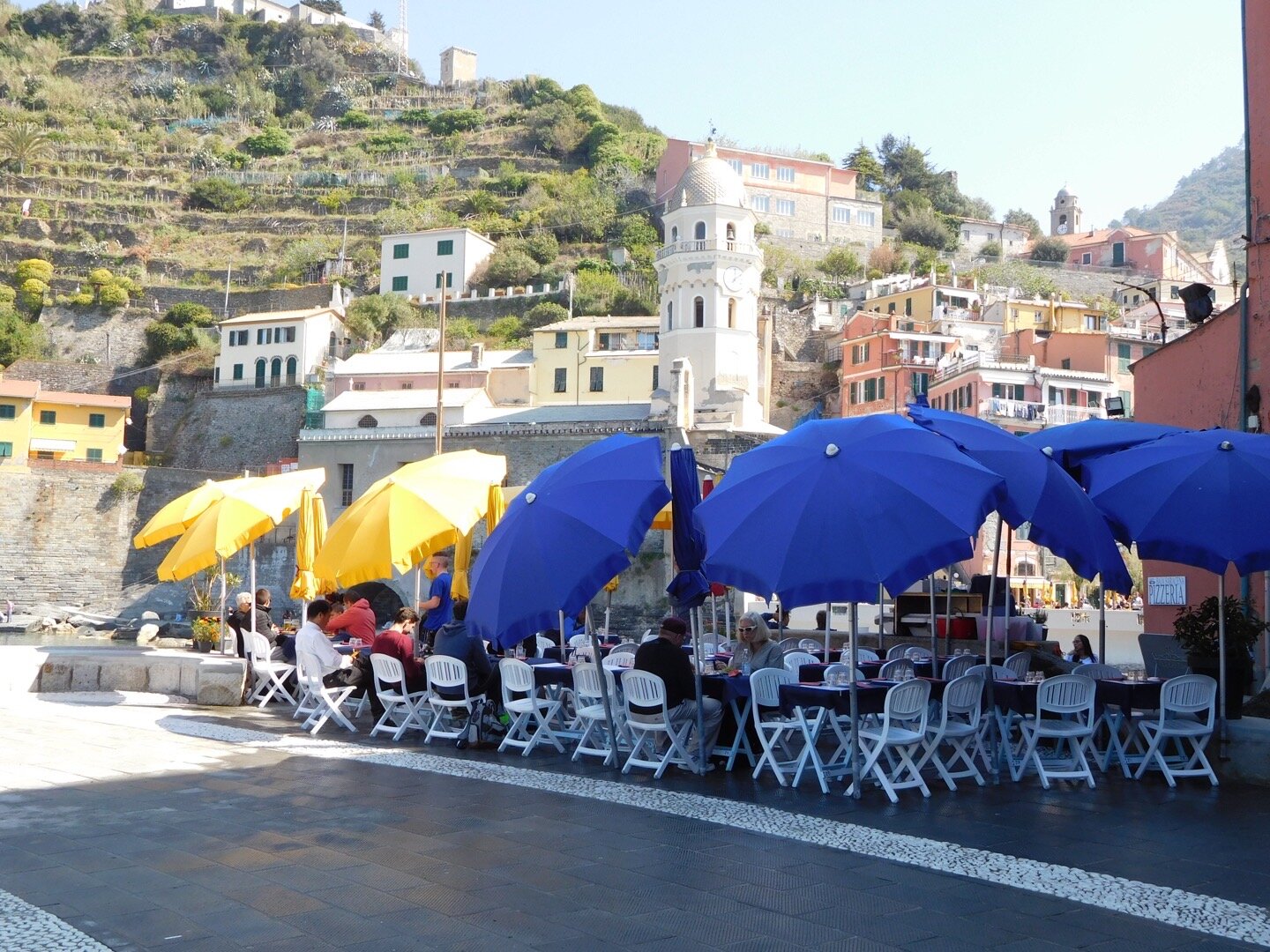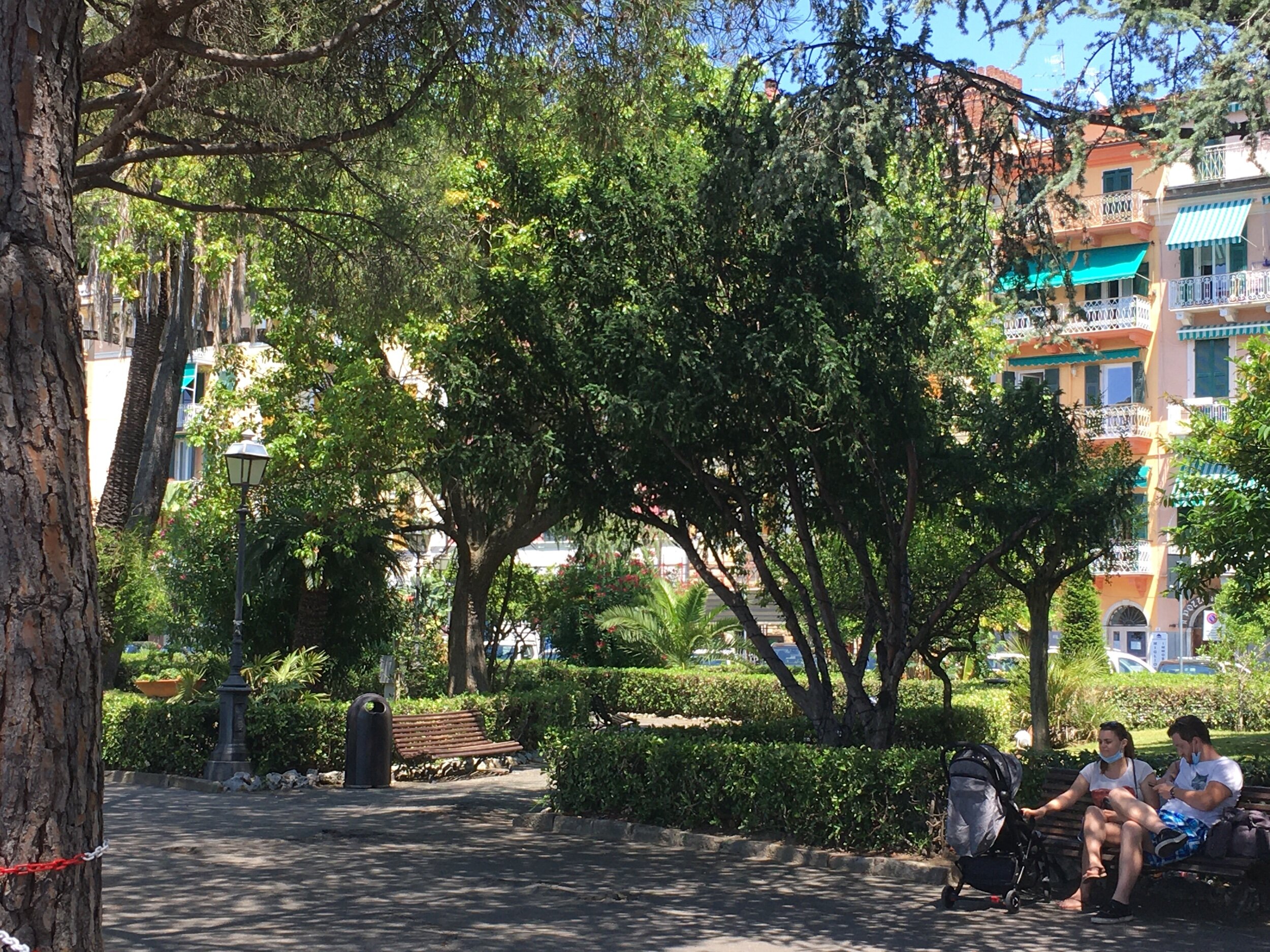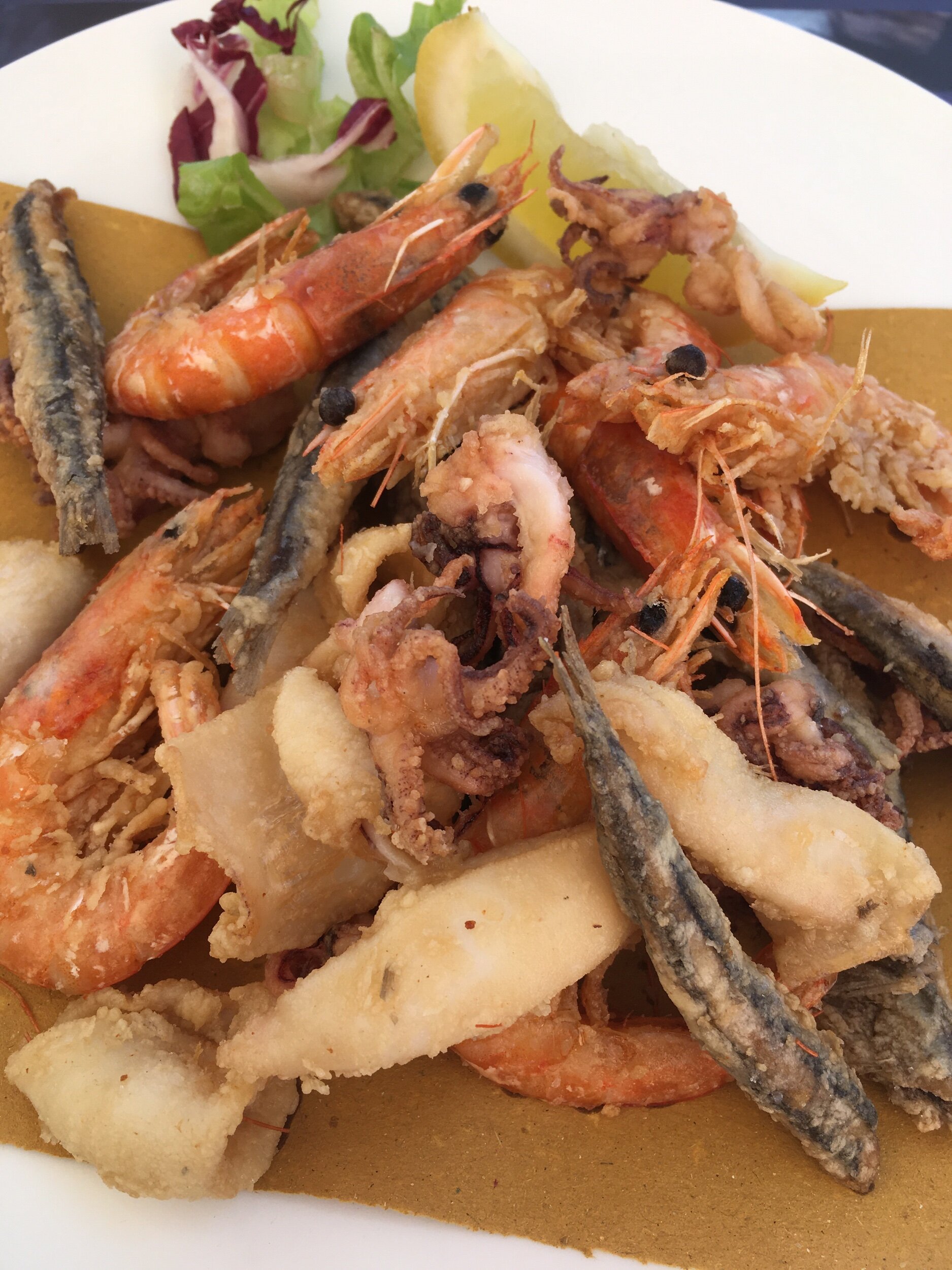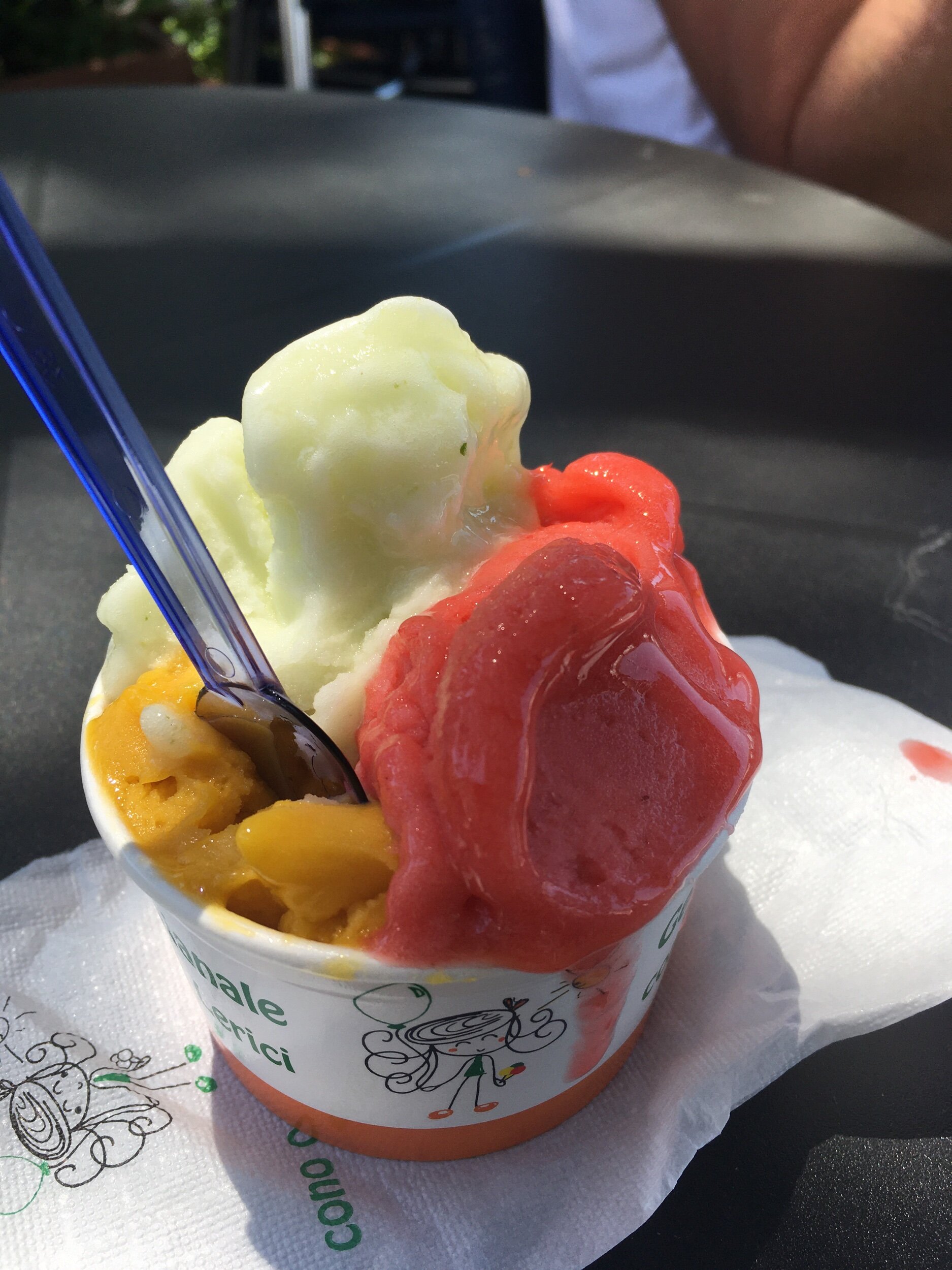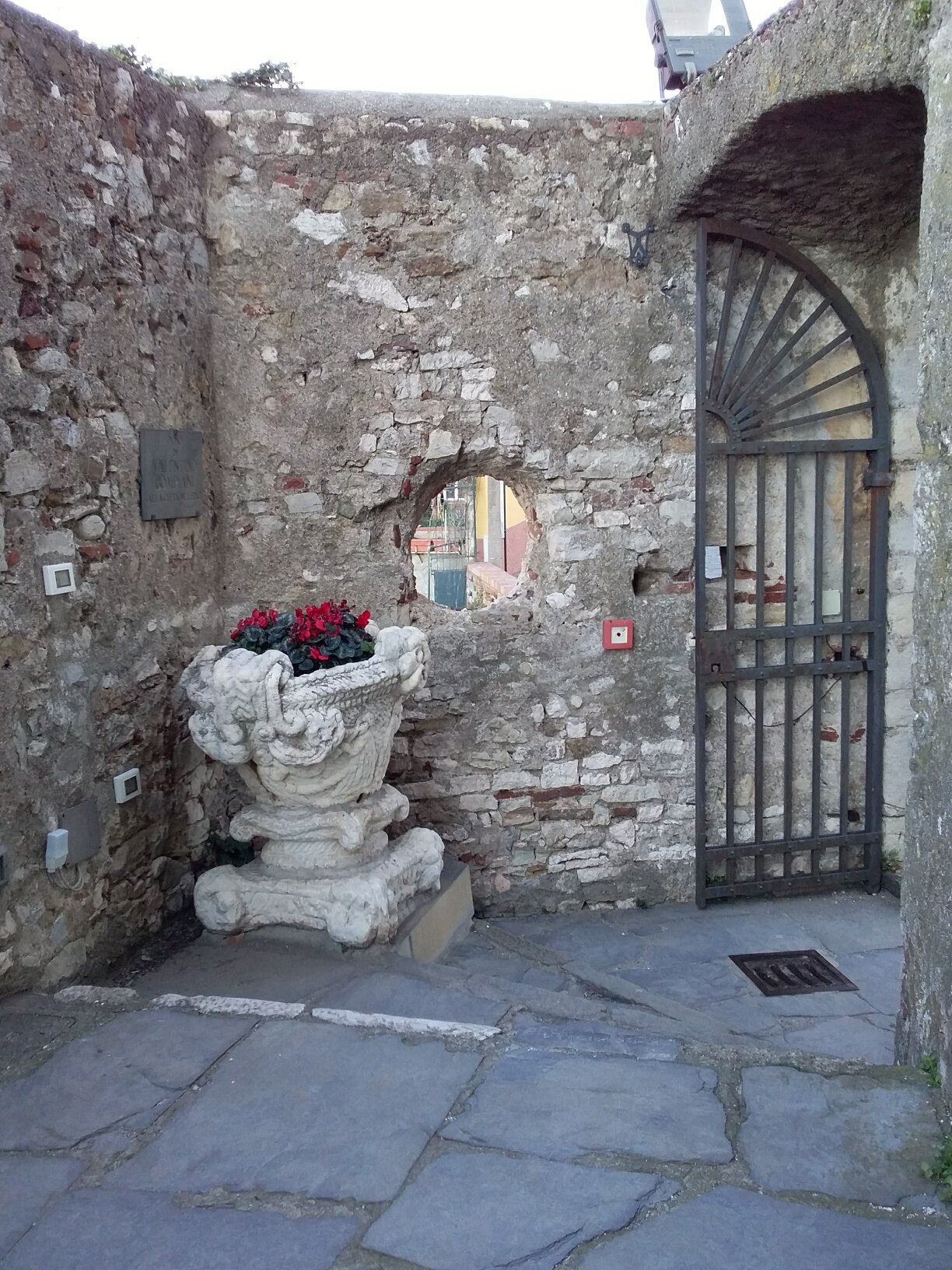Making Marble in Carrara, Italy
What could Michelangelo and James Bond possibly have in common? Carrara, Italy, the city known worldwide for the marble produced there. White gold, some of it is called.
Michelangelo traveled to the area to choose marble (marmo in Italian) for many of his sculptures, including his incredible Pieta. And the James Bond movie, “Quantum of Solace,” was filmed among some of the Carrara marble basins in 2008. Being a fan of both Michelangelo and James Bond, a trip to Carrara has been on my travel wish list for quite some time. I recently took a day trip there with a couple of friends.
The famous Carrara marble is, of course, excavated from within the mountains of the area. In Michelangelo’s time, it was a months-long process - borne by man and beast - to break a slab of marble free from the mountain and maneuver it to the sea for transport to Rome or another destination. (Just think how hard it would be to get your marble kitchen counter top down the side of a mountain in the days before trucks and trains!) Today, it is a days-long process – carried out by man and machine. Until 1965 (!) it was done largely as it was centuries ago. Now, even with technological advancements, it remains a dangerous and difficult job, the details of which we learned during an off-road 4x4 tour.
We traveled 1,000 meters above sea level on a winding road before stopping and surveying the surrounding ridges, cut into to form massive marble “staircases.” In the distance was the Mediterranean Sea, where a sizable port serves as a launching pad for long-distance deliveries of the marble. Closer to us, heavy-duty equipment was expertly managed by quarry workers on some of the “steps” of the mountainside. There are more than 100 quarries and more than 800 people employed by them.
Back down the mountain is the city of Carrara, long ago established as a place to house the quarry workers, and where many of the sidewalks are made of marble. The “white gold” marble is labeled so because of the gold veins that traverse it. A piece held up to the sun by our tour guide revealed the transparency of the marble. Blue-grey marble quarried here is more dense but also beautiful.
The yellow line above carries electricity to the quarry site; the blue line carries water, a key component in the quarry efforts. Rainwater is used today.
Carrara is an easy drive from Lucca (about 50 minutes or so) and a tour of the quarries is fascinating. I recommend it to anyone in the area (except those who get car sick on winding roads). -post by Judy
Signs denote the different quarries.





